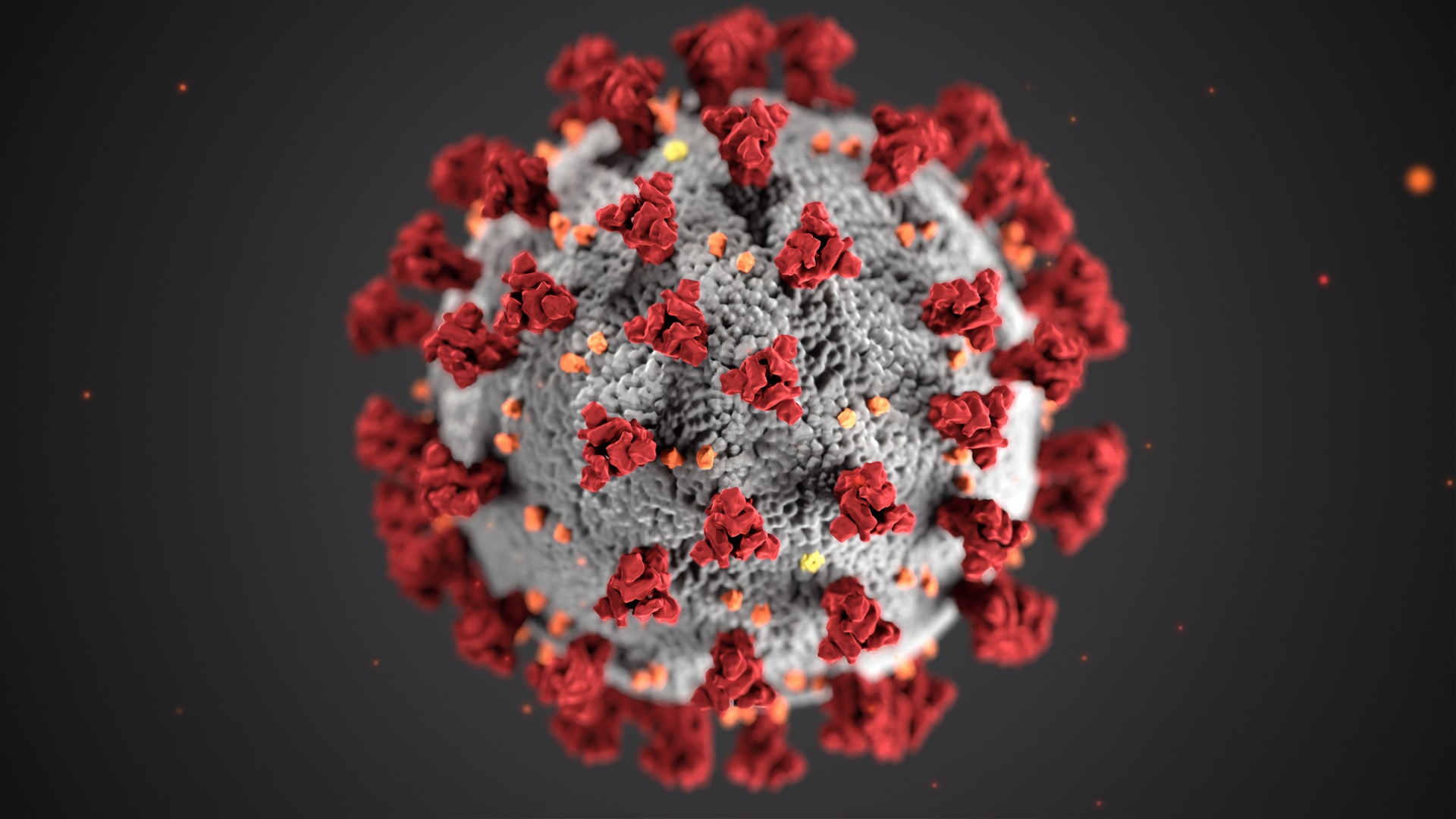Younger than 5, and the highest viral loads of all age groups
In many countries, school closure was one of the first measures when the pandemic struck. As a result, data on children infected with SARS-CoV-2 have been sparse.
A group of infectious disease specialists, coordinated by Dr. Taylor Heald-Sargent, has now published its work in JAMA Pediatrics. Between March 23 and April 27, 2020, they have examined in Chicago 145 individuals aged between 1 month and 65 years. All 145 had tested positive for the virus and showed mild to moderate symptoms.
The researchers used reverse transciptase-polymerase chain reaction (PCR) analyses on nasopharyngeal swabs. PCR amplification cycle threshold (CT) values were recorded. The lower the CT-value, the higher the amount of the viral nucleic acid in the original sample.
The patients were divided into 3 age groups: < 5 years (46), 5 – 17 years (51) and 18 – 65 years (48). The results were surprising, at the least. The youngest ones had CT-values corresponding to 10 to 100 times higher viral loads in the upper respiratory tract than those of older children and adults. There were no statistically significant differences between the age groups 5 -17 and 18 – 65.
The results were bound to attract attention and to spark controversy. Much to their credit, the authors had not concealed weak points. The sample size was relatively small. Having excluded asymptomatic patients might have distorted the picture. The study had looked at the virus’ acid rather than at the infectious virus itself (although the correlation between the two has been well established).
Most importantly, the results themselves are still no solid proof that infected children are contagious. But they do come on top of a growing pile of work suggesting that children can no longer be neglected as a factor in spreading the virus. Some rethinking on how to safely reopen schools after the summer break seems appropriate.
T. Heald-Sargent, W.J. Muller, X. Zheng, J. Rippe, A.B. Patel, L.K. Kociolek, Age-Related Differences in Nasopharyngeal Severe Acute Respiratory Syndrome Coronavirus 2 (SARS-CoV-2) Levels in Patients With Mild to Moderate Coronavirus Disease 2019 (COVID-19), JAMA Pediatr., Research Letter Published online July 30, 2020. doi:10.1001/jamapediatrics.2020.3651
